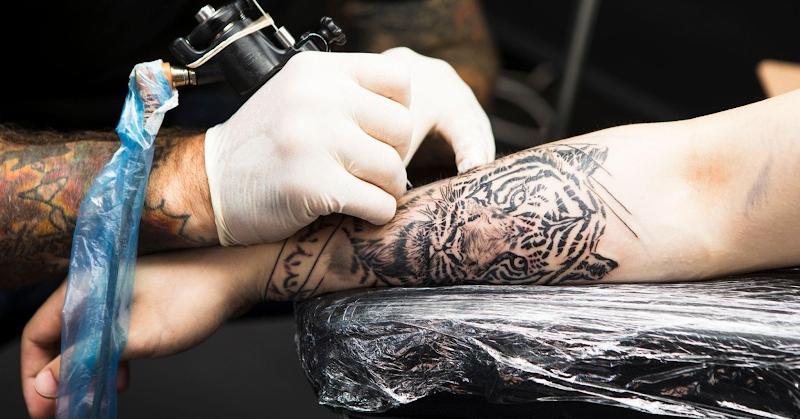Ready to say goodbye to that tattoo? With the right preparation and aftercare, the tattoo removal process is more manageable than most people think. Experts with decades of experience in the field have seen every kind of tattoo—and every kind of reaction to the removal process.
Factors Affecting Tattoo Removal Pain
The size and color of your tattoo can significantly impact the pain you’ll feel during removal. Larger tattoos often require more sessions, increasing both time and discomfort. Darker colors like black and blue absorb more laser energy, making the process more painful. On the flip side, lighter colors like pastels are generally easier to remove and less painful.
Expert Tip: A consultation before the procedure can set the right expectations and significantly reduce anxiety. Always consult with a professional to assess the size and color of your tattoo. Skipping this step can leave individuals unprepared for the level of discomfort they might experience.
Common Techniques for Tattoo Removal
Laser tattoo removal is the most common method and usually requires multiple sessions. Two popular types of lasers are:
- Q-switched lasers: These emit short pulses of high-intensity light, targeting the tattoo ink while minimizing skin damage.
- PicoSure lasers: This advanced tech uses ultra-short pulses for faster, more efficient removal.
Actionable Advice: If your tattoo has multiple colors, a combination of different lasers may be needed for optimal results. Some individuals who tried to cut corners by using only one type of laser have been disappointed with the results.
Understanding the Pain Sensation During Tattoo Removal
Yes, tattoo removal can be painful. But understanding the sensation can help you prepare. Pain management techniques like topical anesthetics or cryotherapy can make the process more bearable. Some clinics even offer nerve block injections to block pain signals.
Expert Tip: The best cream for numbing tattoo areas usually contains lidocaine. Always do a patch test first to avoid allergic reactions. Some individuals who skipped this step experienced allergic reactions that complicated their treatment.
Preparing for Tattoo Removal: Managing Discomfort
Managing discomfort is crucial. Here are some strategies:
- Deep Breathing: This can help relax your body and distract your mind.
- Distraction Techniques: Listening to music or watching a movie can divert your attention.
Actionable Advice: Based on extensive experience in the field, applying a numbing cream for tattoos about 30 to 45 minutes before the procedure can significantly reduce discomfort. Some individuals who didn’t use any numbing cream found the process almost unbearable.
Aftercare and Pain Relief Measures for Tattoo Removal
Proper aftercare is essential for minimizing pain and promoting healing. Your technician will provide detailed instructions, which usually include keeping the area clean, applying antibiotic ointment, and using a bandage.
Expert Tip: Over-the-counter pain relievers like ibuprofen can be effective for post-procedure discomfort. However, avoid activities that may irritate the treated area, such as excessive sweating or sun exposure. Ignoring this advice has led some individuals to suffer from prolonged healing times.
Conclusion
Tattoo removal can be painful, but understanding the factors and preparing adequately can make a difference. With years of experience in the field, experts ensure that the right techniques and aftercare can make the process much more manageable. And remember the end result—a tattoo-free you—can be incredibly liberating. Thousands have been guided through this process, and the relief and satisfaction they feel afterward make it all worthwhile.







